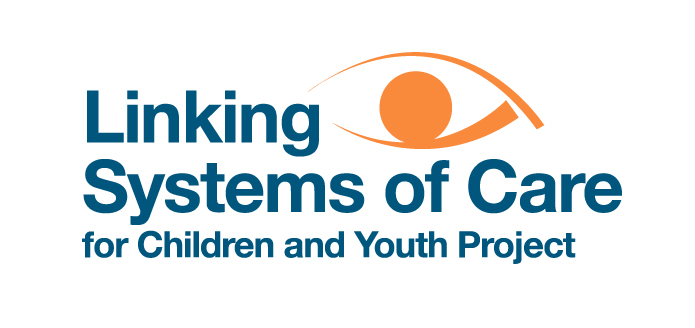Juvenile and family court judges making custody decisions have the unique opportunity to identify domestic violence and to make parenting and co-parenting orders that protect the physical and emotional well-being of victimized parents and their children. Children’s exposure to violence typically refers to children who witness or are victimized by violence. This includes physical assault, peer victimization, sexual victimization, child abuse, and maltreatment, as well as witnessing, seeing and/or hearing violence in the home, school, or community. Exposure to violence, particularly multiple exposures, can interfere with a child’s physical, emotional, and intellectual development.
When the intersection of domestic violence and child maltreatment is overlooked, non-offending battered mothers are often blamed for the abuse of their children. Children can suffer from an injury in the course of violence, the harmful effects of living in a violent home, and even traumatic separations from their protective parents by child welfare systems that are not equipped to be flexible to their responses.
Our Work
 The NCJFCJ works in collaboration with national experts and federal partners to provide training and resources to strengthen state-level coordination of approaches that identify, assess, and serve child and youth victims of violence. Linking Systems of Care (LSC) for Children and Youth demonstration projects are: 1) trauma-responsive, incorporating evidence-based practices; 2) multi-disciplinary in their leadership, comprehensive in their delivery, and inclusive of social systems and community resources; and 3) innovative in their design and ultimate implementation of a strategic plan that improves outcomes for youth and families.
The NCJFCJ works in collaboration with national experts and federal partners to provide training and resources to strengthen state-level coordination of approaches that identify, assess, and serve child and youth victims of violence. Linking Systems of Care (LSC) for Children and Youth demonstration projects are: 1) trauma-responsive, incorporating evidence-based practices; 2) multi-disciplinary in their leadership, comprehensive in their delivery, and inclusive of social systems and community resources; and 3) innovative in their design and ultimate implementation of a strategic plan that improves outcomes for youth and families.
The NCJFCJ provides action-focused, outcome-driven training and technical assistance to support demonstration sites to improve their state responses to child and youth victims, their families, and caregivers.
Our Results
The NCJFCJ is supporting demonstration sites in Montana, Virginia, Illinois, and Ohio to develop projects that are statewide in scope, culturally competent, trauma-informed, informed by national expertise, replicable, and driven by the needs of children/youth victims and their caregivers. The goal is to provide guidance for service providers, offering benchmarks for conducting needs assessments, developing policies and protocols, and helping Linking Systems of Care collaboratives shape, inform, and review services and referrals to address the needs of children and youth, their families, and caregivers exposed to violence.
Our Vision
The NCJFCJ’s vision, aligned with the U.S. Department of Justice, Office for Victims of Crime, is that the youngest victims are embraced and offered assurance that every young person who experiences victimization receives timely and meaningful responses and services; young victims are proactively identified and system stakeholders work integrally with their families and caregivers to provide for their array of needs; and a path is set for young victims and their families toward healing and achieving their full potential in life.
Our vision includes an approach to victims’ access to resources and services that are informed by research and emerging issues and that are identified and administered in a manner that is trauma-informed. The NCJFCJ recommends continuing funding levels on a state and national scale to implement promising programs and practices, explore evidence-based research, and support community-level efforts to address and support a cross-systems approach to meeting the needs of young victims of crime and their families.